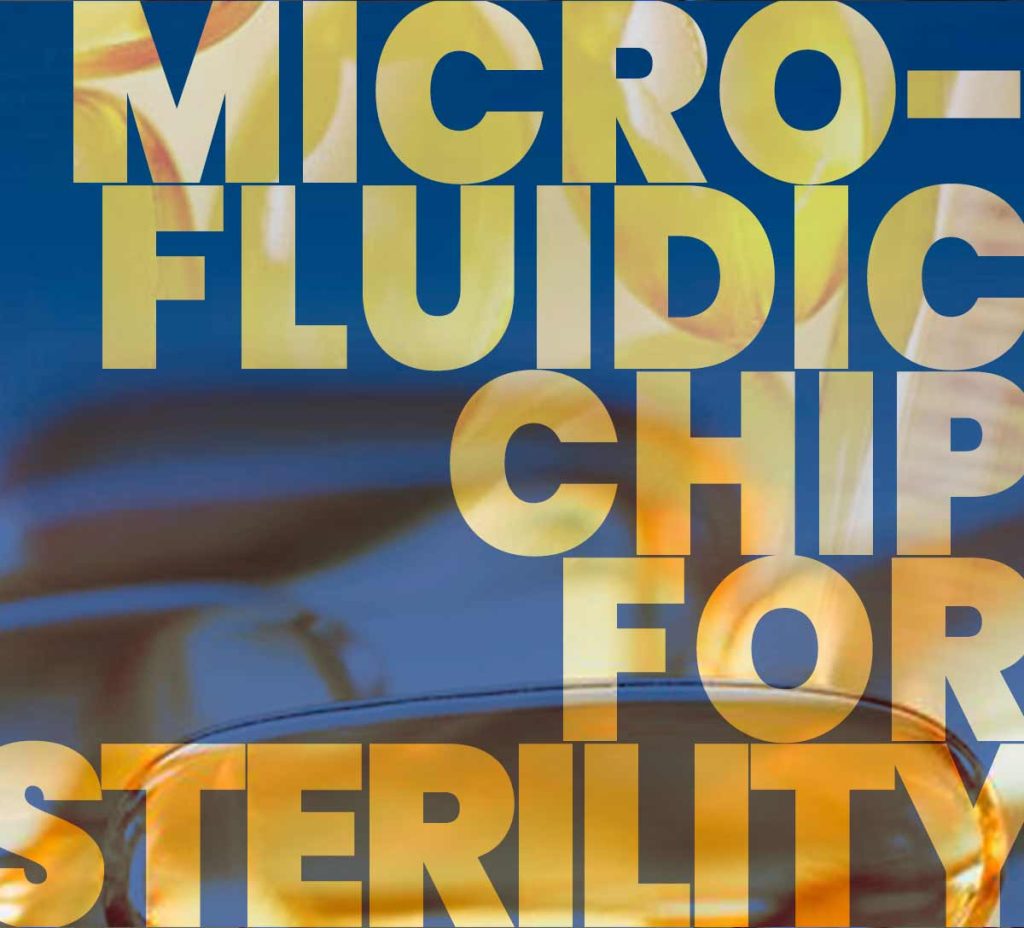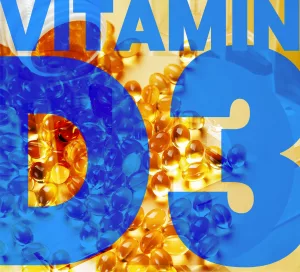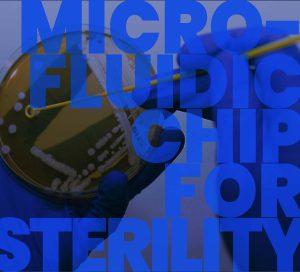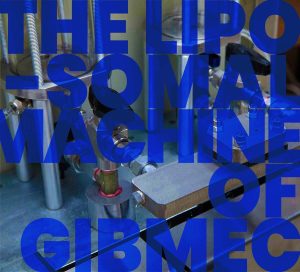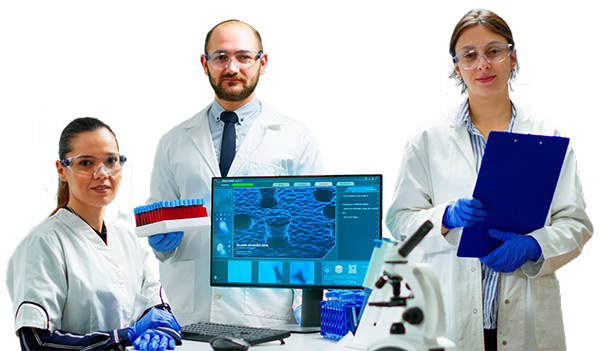Microfluidic via Traditional: A Method’s Comprehensive Analysis of Efficiency, Profitability, and Innovation
Vitamin D deficiency affects over 1 billion people worldwide, driving a $1.3 billion global supplement market. Yet traditional production methods—like spray drying, solvent evaporation, and bulk emulsification—struggle with inefficiencies that limit scalability, bioavailability, and profitability. Microfluidics, a precision manufacturing technology that manipulates fluids at the microscale, is revolutionizing vitamin D3 production. This article explores why microfluidic synthesis is not just a scientific advancement but a commercially superior strategy for nutraceutical brands, contract manufacturers, and consumers alike.
The Limitations of Conventional Vitamin D Production
To understand why microfluidics excels, we must first dissect the flaws of legacy methods:
1. Poor Bioavailability: The Absorption Crisis
Most oral vitamin D3 supplements (tablets, softgels, oil drops) rely on passive diffusion in the gut, where harsh gastric acids and bile salts degrade up to 60% of the dose before absorption. Oil-based formulations improve solubility but still depend on dietary fats for uptake—a problem for individuals with malabsorption disorders like Crohn’s disease. Studies show that only 10–15% of ingested vitamin D3 reaches systemic circulation in traditional forms.
2. Batch Variability: Inconsistent Quality
Spray drying and high-shear mixing produce particles with wide size distributions (200 nm–5 μm). Larger particles aggregate in the gut, while smaller ones risk rapid renal clearance. This inconsistency forces manufacturers to overdose products to guarantee minimum efficacy, raising toxicity risks like hypercalcemia.
3. High Costs of Scaling
Rotary evaporation and thin-film hydration—common in liposomal production—require large volumes of organic solvents (e.g., chloroform) and energy-intensive drying steps. These methods struggle to transition from lab-scale batches to commercial volumes without sacrificing particle uniformity or encapsulation efficiency.
Microfluidics: The Game-Changer in Vitamin D Manufacturing
Microfluidic systems use chip-based channels (10–500 μm wide) to mix fluids with nanometer precision. For vitamin D3, this enables two transformative approaches:
1. Liposomal Encapsulation via Hydrodynamic Flow Focusing
In this method, two immiscible fluids—a vitamin D3-loaded lipid solution and an aqueous buffer—are injected into a microchannel. The laminar flow regime (low Reynolds number) ensures controlled self-assembly of liposomes. By adjusting flow rates, manufacturers can produce liposomes sized 50–150 nm with >85% encapsulation efficiency. These liposomes bypass gut degradation, fuse directly with intestinal cell membranes, and achieve 300% higher bioavailability than oil-based D3.
Key Advantage: Continuous production (vs. batch processing) reduces waste and enables real-time quality control.
2. Polymer-Based Microencapsulation with Microfluidic Jets
For vegan-friendly or heat-stable formulations, vitamin D3 can be encapsulated in plant-based polymers (e.g., alginate, chitosan). Microfluidic jetting technology atomizes the polymer-D3 emulsion into uniform droplets, which are crosslinked in a calcium chloride bath. The resulting microcapsules (100–300 μm) protect D3 from UV and oxidation, making them ideal for fortified baked goods or shelf-stable beverages.
Technical Superiority: 6 Reasons Microfluidics Dominates
1. Precision Engineering of Nanoparticles
Microfluidics enables exact control over liposome size, zeta potential, and lamellarity (bilayer count). For example:
- 50–70 nm liposomes: Optimized for lymphatic uptake and immune cell targeting.
- Neutral surface charge: Minimizes opsonization (immune detection), prolonging circulation time.
- Unilamellar vs. multilamellar: Single-bilayer vesicles release D3 faster, while multilamellar provide sustained release.
Traditional methods cannot replicate this precision, resulting in heterogeneous batches.
2. Higher Encapsulation Efficiency at Lower Costs
Microfluidic hydrodynamic focusing achieves 85–95% encapsulation efficiency (vs. 40–60% with sonication or extrusion). This reduces raw material waste—critical for costly ingredients like high-purity D3 (US$2.5–3.5/g). A 2023 study found microfluidics cut production costs by 33% compared to rotary evaporation.
3. Scalability Without Compromise
Unlike batch systems, microfluidic reactors operate continuously. Parallelized chips (e.g., 10,000-channel arrays) can produce metric tons annually. German startup NanoFlowX reported a 500-liter/hour throughput using modular chips—a feat impossible with manual extrusion.
4. Customizable Release Profiles
Microfluidics allows layer-by-layer encapsulation. For instance:
- Immediate release: D3-loaded liposomes with PEGylated surfaces for rapid absorption.
- Delayed release: pH-sensitive polymers dissolve in the ileum, avoiding gastric degradation.
- Pulsatile release: Multi-compartment capsules for timed dosing (e.g., 12-hour intervals).
This flexibility lets brands tailor products to specific demographics, like athletes (rapid absorption) or seniors (sustained release).
5. Solvent-Free Production
Microfluidic nanoprecipitation eliminates chloroform and methanol, reducing purification steps and regulatory hurdles. Water-based synthesis aligns with EU Organic and Clean Label certifications—a major marketing advantage.
6. Integration with AI and IoT
Smart microfluidic systems use machine learning to optimize flow rates in real time. Sensors monitor particle size, adjusting parameters to maintain consistency—a critical feature for GMP compliance.
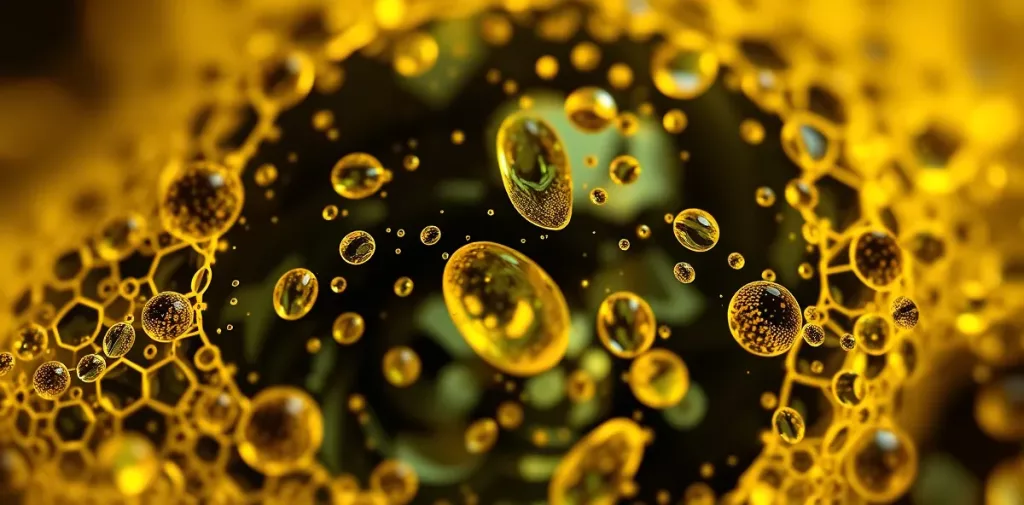
Profitability Analysis: How Microfluidics Boosts Margins
1. Reduced Raw Material Waste
Precision dosing ensures 95% of input D3 is encapsulated. For a mid-sized brand producing 10M capsules/month, this saves ~$150,000 annually vs. spray drying.
2. Faster Time-to-Market
Microfluidic systems shorten R&D cycles. A 2024 Nature study noted that optimizing liposome formulations took 3 days with microfluidics vs. 6 months with extrusion.
3. Premium Pricing Power
Microfluidic D3 products command 50–70% price premiums. Consumers pay 35–50fora60−countliposomalD3bottlevs.35–50fora60−countliposomalD3bottlevs.15–20 for standard softgels.
4. Expanding into Adjacent Markets
- Functional Foods: Microcapsules withstand baking temperatures (180°C), enabling D3-fortified breads and snacks.
- Cosmeceuticals: 100 nm D3 vesicles penetrate the skin barrier, addressing psoriasis in topical creams.
- Veterinary Supplements: Stable, tasteless microcapsules simplify pet dosing.
Case Study: From Lab to Profit
A U.S. nutraceutical company switched from high-pressure homogenization to microfluidics for their liposomal D3 line. Results after 12 months:
- Production costs dropped by 28%.
- Customer retention rose 40% due to improved efficacy.
- Launched a premium sub-brand (30% higher margin).
Challenges and Solutions
1. High Initial Investment
Microfluidic equipment costs 50,000~500,000. However, leasing models (e.g., $8,000/month) and government grants (e.g., EU Horizon 2023) mitigate upfront risks.
2. Technical Expertise
Cross-training chemical engineers in microfluidics takes 3–6 months. Partnerships with universities accelerate talent pipelines.
The Future: Microfluidics and Personalized Nutrition
Emerging trends include:
- On-Demand Manufacturing: Tablet-sized microfluidic printers for compounding pharmacies.
- Gene Expression Profiling: Tailoring liposome size to individual VDR (vitamin D receptor) genotypes.
Read more about “Liposomes in Drug Delivery | How Are They Used In Drug Delivery?”
Read more about “Recent Advances in the Use of Vitamin D Organic Nanocarriers for Drug Delivery”
Conclusion
Microfluidic vitamin D3 production isn’t just better science—it’s better business. By slashing costs, boosting efficacy, and enabling premiumization, this technology offers ROI that traditional methods cannot match. As consumer demand for precision nutrition grows, microfluidics will cement itself as the gold standard for next-generation nutraceuticals.
